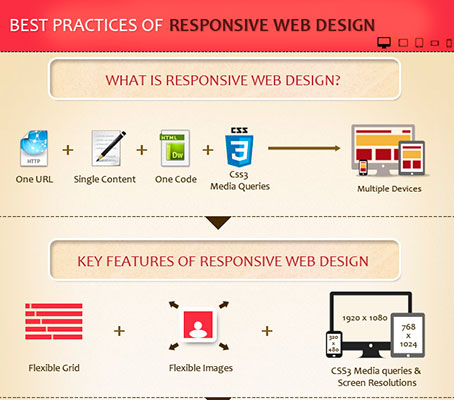Site Design: A Journey Via Time.From Modest Beginnings To Modern Marvels, Web Site Design Has Gone Through A Significant Improvement Throughout The Years
Site Design: A Journey Via Time.From Modest Beginnings To Modern Marvels, Web Site Design Has Gone Through A Significant Improvement Throughout The Years
Blog Article
Material Composed By-Monroe Dodson
In the past, websites were easy and focused on information. Navigation was straight, and layout was for desktops. Now, customer experience is key. Information overviews designs for easy navigation. Receptive formats fit various tools. Today, dark mode minimizes strain, and minimal menus improve navigation. Interactive functions involve individuals, and bold visuals stand out. AI assimilation increases involvement. See just how design has actually evolved to boost your on-line journey.
Early Days of Website Design
In the early days of website design, simpleness reigned supreme. Websites were basic, with minimal shades, typefaces, and layouts. The focus was on supplying info as opposed to showy visuals. Users accessed the net via sluggish dial-up connections, so rate and functionality were crucial.
Navigating menus were straightforward, usually situated on top or side of the page. Web sites were designed for desktop, as mobile surfing had not been yet prevalent. Content was king, and designers focused on very easy readability over complex design elements.
HTML was the key coding language used, and developers needed to work within its restraints. https://louisatnfx.dgbloggers.com/30253591/improve-your-visibility-on-the-net-by-choosing-the-perfect-neighborhood-search-engine-optimization-company-for-your-service-learn-exactly-how-to-choose-the-very-best-alternative and interactive attributes were minimal compared to today's requirements. Websites were static, with little dynamic material or individualized customer experiences.
Increase of User-Focused Style
With the advancement of internet site layout, a change towards user-focused layout concepts has come to be progressively famous. Today, producing web sites that focus on customer experience is critical for involving visitors and achieving company objectives. User-focused design entails recognizing the requirements, preferences, and behaviors of your target audience to tailor the web site's format, web content, and features appropriately.
Designers now conduct thorough research study, such as individual surveys and use testing, to collect understandings and comments straight from customers. This data-driven method aids in developing intuitive navigating, clear calls-to-action, and visually attractive interfaces that resonate with visitors. By placing the customer at the center of the layout process, web sites can provide an extra personalized and enjoyable experience.
Receptive design has actually likewise become a vital element of user-focused style, making certain that web sites are maximized for different gadgets and screen sizes. This versatility improves access and use, catering to the diverse methods users communicate with internet sites today. Essentially, the surge of user-focused layout indicates a shift towards developing digital experiences that prioritize the needs and assumptions of completion user.
Modern Trends in Web Design
Discover the current trends shaping website design today. One prominent fad is dark mode style, using a smooth and modern appearance while lowering eye stress in low-light environments. Another crucial pattern is minimal navigating, streamlining menus and enhancing customer experience by concentrating on essential elements. Including micro-interactions, such as computer animated buttons or scrolling effects, can develop a more interesting and interactive web site. Receptive style remains essential, ensuring seamless individual experiences across different tools. In addition, utilizing strong typography and unbalanced formats can add aesthetic interest and accentuate details content.
Integrating AI innovation, like chatbots for client assistance or personalized recommendations, enhances customer interaction and improves processes. Access has also come to be a substantial trend, with developers focusing on comprehensive design practices to satisfy varied customer needs. Embracing sustainability by optimizing site efficiency for speed and effectiveness is an additional arising trend in website design. Collaborating with customer comments and data analytics to iterate and improve style constantly is essential for staying relevant in the ever-evolving digital landscape. By embracing these contemporary patterns, you can develop an aesthetically appealing, straightforward site that resonates with your target market.
Final thought
As you review the advancement of internet site style from the very early days to now, you can see just how user-focused layout has become the driving pressure behind modern-day trends.
Welcome see this site of adjustment and adaptation in website design, always keeping the customer experience at the center.
Stay present with the most recent fads and innovations, and never ever quit developing your method to create aesthetically sensational and user-friendly internet sites.
Advance, adapt, and produce - the future of web design remains in your hands.
